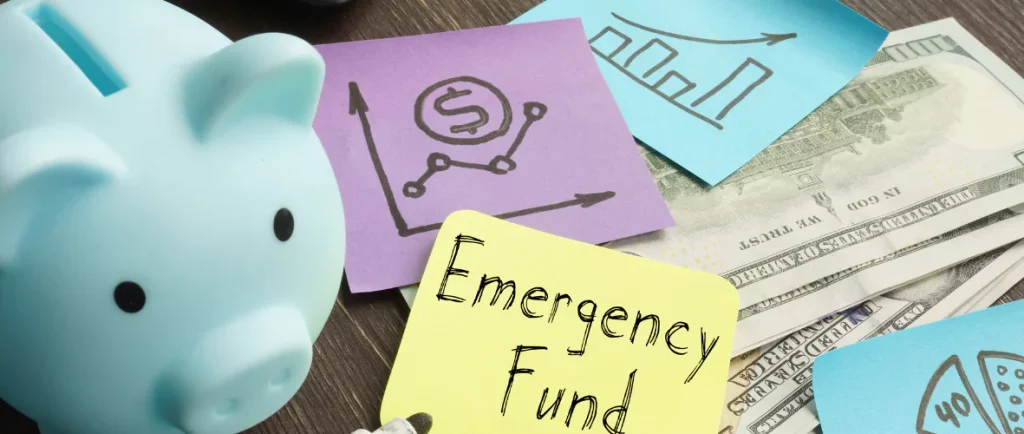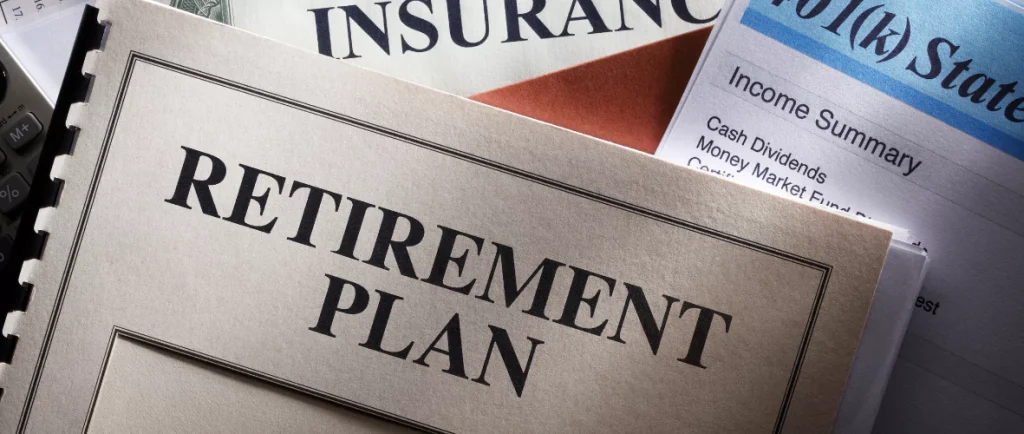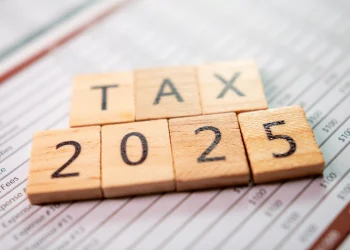Our financial stability and quality of life can be greatly impacted by our spending patterns and attitudes about money. Living below your means—also referred to as to live on less than you earn—is one idea that is frequently looked into. Although it might appear simple at first, putting this into practice can require considerable self-control and deliberate effort. This article will examine what it really means to live below your means and the immediate and long-term advantages that living this way may have for people and families.
Understanding Income vs Expenses
Fundamentally, living on less than you make implies that monthly costs are lower than income. Tracking your revenue from employment, side gigs, investments, etc., as well as keeping a precise record of all your outlays, are necessary for this. Expenses usually comprise both optional expenditures on items like entertainment, eating out, travel, and more, as well as essentials like housing, utilities, food, and transportation.
An accurate picture of whether expenses exceed or fall short of income is provided by keeping track of every penny that comes in and goes out. Many people often spend more money than they make, which results in debt buildup and stressful financial situations. Living below one’s means guarantees that spending stays within the limits of income received each month.
Defining a Spending Plan
It takes discipline to create and follow a spending plan or budget in order to live comfortably on less than you earn. This involves estimating monthly revenue sources, keeping track of necessary expenditures and spending, and carefully allocating any leftover cash. It’s critical to balance requirements and wants in a realistic manner and, whenever possible, reduce unnecessary expenditures to leave a buffer below income.
A well-designed spending plan also takes into account variables like financial responsibilities, emergency savings targets, and big purchases. Regularly reviewing the plan helps prevent overspending that drives spending above income thresholds and enables adjustments to earnings or cost fluctuations. A sustainable lifestyle that is within or even much below one’s means is the result of constant refining.
The Importance of an Emergency Fund

Setting aside a portion of your excess income to create an emergency fund is essential when you are living below your means. This serves as a safety net for unforeseen costs such as hospital bills, auto repairs, replacements for household appliances, and more. Aim for a fund that can cover three to six months’ worth of necessities for survival, according to financial advisors. This lessens the need to rely on credit cards or expensive loans in the event of an emergency or job loss.
The risks of delaying emergency savings are much outweighed by the peace of mind that comes from having money saved. Living below means finding a way to set aside 10–20% of your monthly income for this crucial long-term insurance.
Reducing Consumer Debt
For most, paying off current consumer debt is the first step toward monthly cash flow freedom. High interest rates on credit card balances, personal loans, auto loans, and other obligations can be quite costly. Living below one’s means increases the effectiveness of the debt snowball and debt avalanche repayment strategies.
Extra money below expenditure plans, above and beyond the statutory minimums, is applied first to the debts with the highest interest rates. Amounts that were previously allocated for payments can now be applied to the next obligation when they are retired. Being debt-free and financially independent in a fair amount of time requires maintaining a high level of discipline, motivation, and attention. This will allow you to accumulate money rather than lose it to interest payments each month.
Revisiting Major Expenses
Examining big fixed expenses such as housing, transportation, insurance, and more is worth considering when searching for ways to reduce spending below income levels. Whenever family dynamics change, strategies include living in less expensive places, utilizing public transportation, shopping around for better rates and insurance, or taking advantage of discounts offered to employees and members of particular organizations.
While not all cuts are feasible, even little cuts of $50 to $100 here and there add up to significant annual savings. Even while monthly costs gradually accumulate and are sometimes undetected, they add up to thousands of dollars when compared to long-term investments or savings.
Investing and Retirement Planning

With surpluses from living below the income line, consistent contributions can be made towards investments for future goals and retirement planning. Options include retirement accounts, brokerage accounts, real estate, and more. Employer-matched 401k plans up to the match should be prioritized for instant returns.
Beyond this, easily automating additional deductions right off paychecks forces “paying future self before spending on current wants.” Time in the market allows sensible risk investments to potentially outpace normal returns from low-interest savings accounts alone. Intentional investing becomes a reality when income and spending align purposefully each month. A more comfortable retirement becomes achievable by living moderately in the present.
Benefits for Individuals and Families
Living on less provides numerous significant long-term advantages. Beyond financial security, it reduces chronic money worries that negatively impact well-being. Discretionary spending freedom exists even during job losses or other setbacks. Lifestyle inflation can be avoided entirely which is difficult to downsize from later.
Healthier financial habits seamlessly pass to offspring, setting them up for success. Marital strife related to money disagreements decreases substantially. Upon retirement or unforeseen shifts, enjoying previously unaffordable experiences becomes possible with significant equity built up. Resources remain for helping children with education or down payments, passing a legacy. Overall life satisfaction rises from focusing on experiences versus material excess. With discipline, living within means just makes sense.
Overcoming Obstacles
To Live less than you earn does require the sacrifice of some current wants for future benefits. Self-control challenges will arise especially when friends and advertising promote spending. Compromise acknowledges occasional treats within reason without going over budget. Setting a firm “why” and envisioning financial goals years ahead in dollar amounts motivates in weak moments.
Changing spending habits takes time but becomes habit-forming over months. Unexpected expenses arise but having savings softens blows while the debt remains a last resort. Support systems, whether online communities or accountability partners, aid commitment especially initially or post setbacks. Overall, the benefits outweigh the costs of curbing spending and living deliberately within means.
Conclusion | Live on Less Than You Earn
There are significant benefits both now and in the future to live on less than you earn through responsible monthly budgeting of your finances as well as the well-being of your family. It makes it possible to pay off debt rapidly, accumulate funds, make investment contributions, retire comfortably, and permanently fend off lifestyle inflation.
Naturally, keeping expenses in line with income requires discipline, but it eventually becomes ingrained. Emergencies can still be controlled without resorting to high-rate loans. Remaining well within earned means helps people manage resources wisely throughout life’s stages while reducing stress when combined with self-control and patience. Avoiding over-expending pays off in the long run for both people and families, both financially and mentally.













